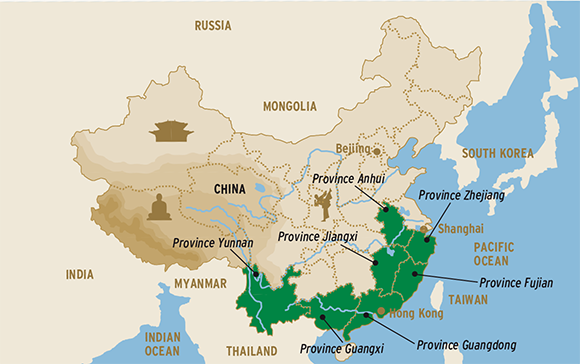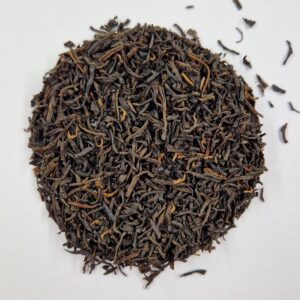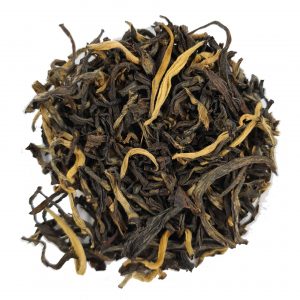China Tea
 China tea. China, often referred to as the Middle Empire, stands as the historic birthplace of tea, with Yunnan province earning the distinction of being the cradle of this ancient tradition within the former empire. Remarkably, this nation is not only recognized as the world’s largest producer of tea but is also a captivating realm steeped in tea culture. The sprawling mountain provinces of central and southern China have bestowed the world with an array of exquisite green and black teas, each originating from their unique landscapes. Notable varieties include Chun Mee, Gunpowder, Jasmine, Keemun, Lapsang Souchong, Lichee, Rose Congou, and Yunnan.
China tea. China, often referred to as the Middle Empire, stands as the historic birthplace of tea, with Yunnan province earning the distinction of being the cradle of this ancient tradition within the former empire. Remarkably, this nation is not only recognized as the world’s largest producer of tea but is also a captivating realm steeped in tea culture. The sprawling mountain provinces of central and southern China have bestowed the world with an array of exquisite green and black teas, each originating from their unique landscapes. Notable varieties include Chun Mee, Gunpowder, Jasmine, Keemun, Lapsang Souchong, Lichee, Rose Congou, and Yunnan.
Two pivotal provinces, Zhejiang in the southeast and Fujian in the southwest, hold esteemed status as classical and paramount tea-growing regions. Zhejiang, renowned for its Gunpowder tea known as the “Temple of Heaven,” and Fujian, often hailed as the bastion of traditional Chinese Jasmine tea culture, contribute significantly to the rich tapestry of Chinese tea heritage. Beyond these well-known teas from regions like Zhejian, Anhui, Yunnan, Fujian, and Jianxi, we rejoice in the resurgence of small plantations and family-run farms rekindling their connection with the Western market since China’s embrace of openness.
A distinguishing feature of Chinese teas lies in their nomenclature. Unlike regions such as Darjeeling or Assam, where teas are identified by garden names, Chinese teas are bestowed with imaginative, often poetic names. For instance, Chun Mee is symbolized as “Valuable Brow,” while Lung Ching translates to “Dragon’s Well“, reflecting the unique characteristics of each tea, whether it be the visual appearance or the historic plantation from which it originates.


